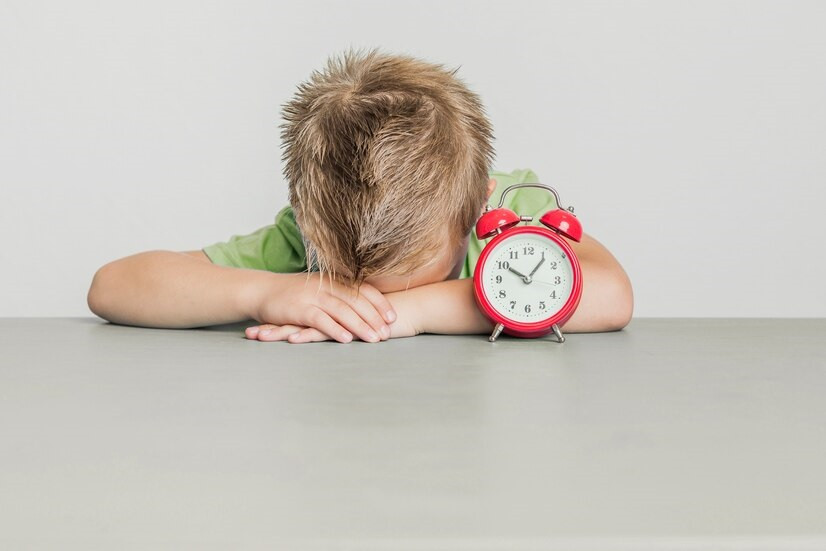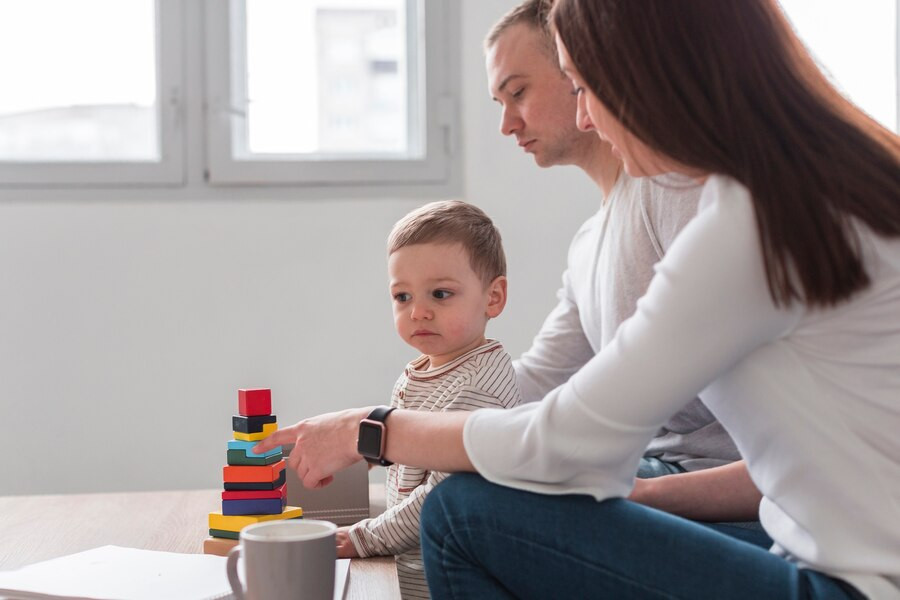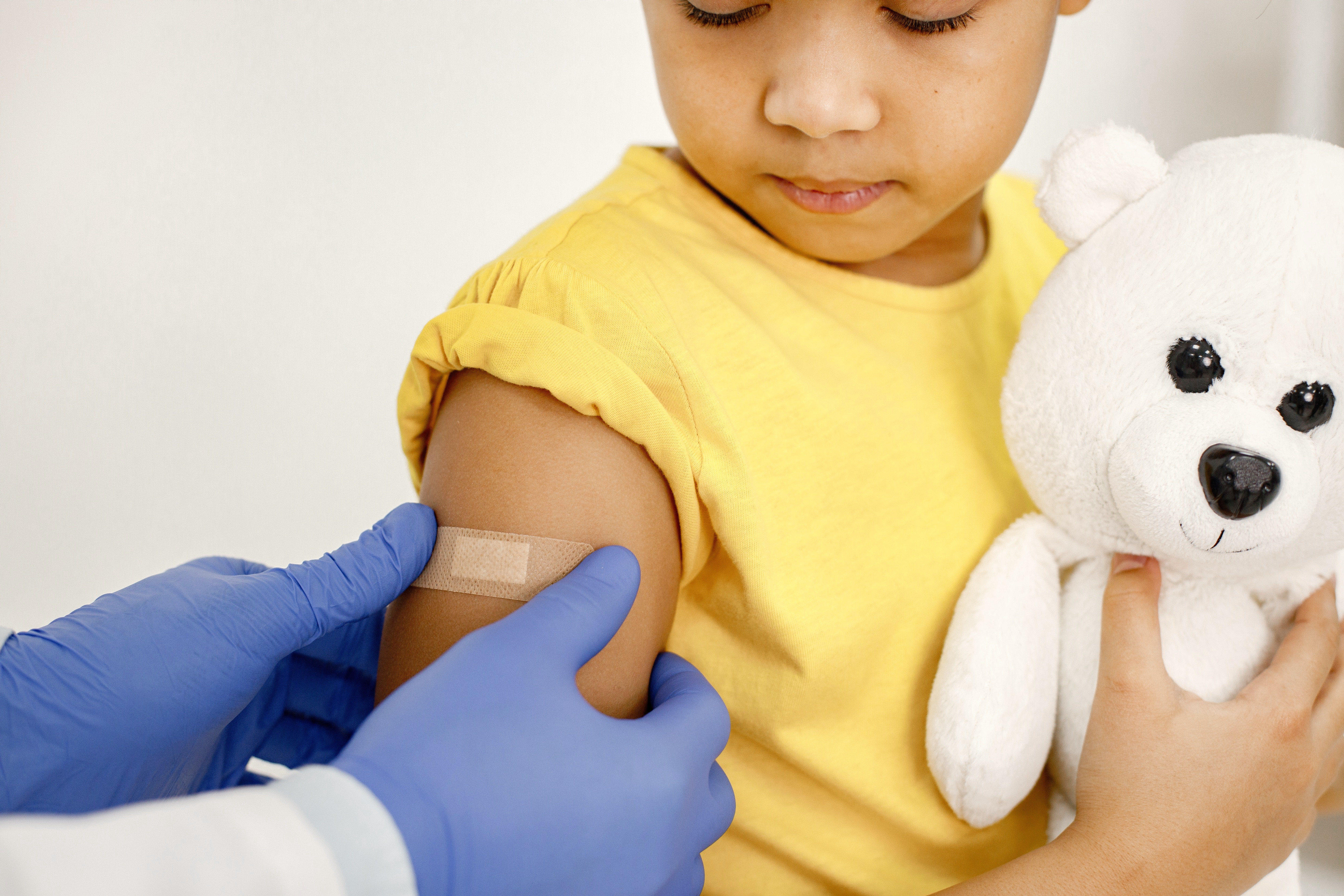Sebagian orang berpikir bahwa memukul anak bisa membantu mendisiplinkan anak. Padahal penelitian menemukan hal yang sebaliknya.
Dampak Negatif Memukul Anak
Banyak penelitian menemukan bahwa memukul anak atau memberikan hukuman fisik dapat menyebabkan efek negatif baik pada perkembangan sosial emosional dan kognitif anak termasuk kecemasan, depresi dan masalah perilaku.
Penelitian terbaru, bahkan menunjukkan bahwa pukulan dapat mengubah respons otak anak. Respons otak mereka dapat berubah menjadi pengalaman stres yang berkepanjangan. Stres kemudian memengaruhi fungsi otak dan berbagai aspek perkembangan lainnya seperti fungsi kognitif, perhatian, memori, dan kemampuan belajar.
Menghukum anak dengan memukul juga memengaruhi fungsi eksekutif otak anak yang melibatkan kemampuan perencanaan, mengorganisasi, mengendalikan impuls, memecahkan masalah dan mengatur perilaku.
Baca Juga: Cara Menghadapi Anak yang Mengalami Temper Tantrum
Cara Mendisiplinkan Anak Sesuai Usia
Mengajarkan anak tentang disiplin yang positif adalah cara yang lebih efektif dan berpengaruh untuk membentuk perilaku yang diinginkan dibandingkan dengan pukulan atau hukuman fisik lainnya.
Cara mendisiplinkan anak balita
- Mengalihkan perhatian - anak balita mulai mengenali apa yang boleh dan tidak. Namun, untuk membuat anak balita disiplin, Anda mungkin perlu fokus pada pujian perilaku positif dan mengalihkan perhatian dari perilaku negatif untuk memperkuat perilaku positif anak
- Mengantisipasi dan menghadapi tantrum dengan positif - tantrum adalah cara untuk membantu anak mengekspresikan emosi ketika belum memiliki keterampilan verbal dan kognitif. Mengantisipasi dan menghadapi tantrum dengan pendekatan yang positif adalah salah satu cara yang efektif untuk mendisiplinkan balita. Menghadapi tantrum dengan kebijaksanaan dan penuh perhatian membantu anak mengatasi emosi mereka dengan cara yang sehat dan mendukung perkembangan perilaku yang lebih positif
- Mengajari perilaku tanpa kekerasan - ajari balita untuk tidak memukul, menggigit atau menggunakan perilaku agresif lain. Contoh perilaku tanpa kekerasan adalah cara efektif membantu balita memahami dan meniru perilaku yang lebih positif dan konstruktif
- Hindari memihak dan jadilah penengah yang baik saat anak memiliki konflik dengan saudara atau anak lainnya
Cara mendisiplinkan anak prasekolah
- Mulai dengan tugas - berikan tugas dan tanggung jawab untuk memperkuat perilaku positif pada anak
- Berikan kesempatan anak untuk membuat pilihan dan keputusan yang masuk akal
- Ajarkan anak untuk memperlakukan orang lain sebagaimana ia ingin diperlakukan
- Ajarkan bahwa marah adalah hal yang normal, tetapi tidak seharusnya menghancurkan barang atau memukul orang lain
Cara mendisiplinkan anak usia sekolah
- Bicarakan konsekuensi dan hukuman sesuai dengan apa yang disepakati bersama keluarga
- Berikan hak istimewa pada anak bila melakukan perilaku baik dan tanggung jawab yang harus diemban bila berperilaku sebaliknya
- Ajarkan untuk bersabar, peduli dan menghargai orang lain
- Jangan menggunakan hukuman fisik seperti memukul
Cara mendisiplinkan anak remaja
- Saat anak masuk usia remaja, mereka akan lebih mandiri dalam membuat keputusan dan membuat batasan. Di saat ini, memberikan hukuman berupa pukulan hanya akan membuat mereka makin menjauh dari Anda.
- Tetap berikan perhatian dan kasih sayang, sediakan lebih banyak waktu untuk berbicara tentang apa pun yang mereka alami
- Kenali dengan siapa mereka berteman dan bersikaplah baik pada teman-temannya
- Berikan pujian pada setiap pencapaian positif mereka
Baca Juga: Dampak Sering Membandingkan Anak dengan Anak Lainnya
Perkenalkan Hukuman Time Out
Metode time out dikenal sebagai alternatif mendisiplinkan anak selain memukul atau memberikan hukuman fisik. Anak akan diminta untuk berdiam di satu sudut ruangan dan berpikir tentang apa yang telah dilakukan. Time out memberikan kesempatan bagi anak untuk merenungkan perilaku mereka dan menghadapi konsekuensi dari tindakan mereka, tanpa mengalami hukuman fisik.
Time out harus digunakan dengan bijaksana dan dalam konteks pengajaran disiplin yang positif secara keseluruhan. Hal ini juga harus disesuaikan dengan usia dan tingkat perkembangan anak, serta mempertimbangkan kebutuhan dan karakteristik individu mereka.
Apakah Anda kewalahan dalam mengatasi perilaku negatif anak khususnya ledakan emosi yang berkaitan dengan menghancurkan barang atau menyakiti orang lain maupun diri sendiri? Sebaiknya luangkan waktu untuk berkonsultasi dengan dokter, psikolog anak atau psikiater. Anda juga bisa memanfaatkan layanan konsultasi dengan mengunduh aplikasi Ai Care melalui App Store dan Play Store.
Mau tahu informasi seputar kehamilan, menyusui, kesehatan wanita dan anak-anak? Cek di sini, ya!
- dr. Monica Salim
Health Children (2018). What’s the Best Way to Discipline My Child?. Available from: https://www.healthychildren.org/English/family-life/family-dynamics/communication-discipline/Pages/Disciplining-Your-Child.aspx
Cleveland Clinic (2022). Why You Shouldn’t Spank Your Kids and What To Do Instead. Available from: https://health.clevelandclinic.org/pediatricians-say-dont-spank-your-kids-heres-why-what-to-do-instead/
Jill Anderson (2021). The Effect of Spanking on the Brain. Available from: https://www.gse.harvard.edu/ideas/usable-knowledge/21/04/effect-spanking-brain
Naveed Saleh, MD, MS (2021). This Is a Child's Brain on Spanking. Available from: https://www.psychologytoday.com/intl/blog/the-red-light-district/202105/is-childs-brain-spanking
CDC (2019). What is Time-Out?. Available from: https://www.cdc.gov/parents/essentials/toddlersandpreschoolers/timeout/whatistimeout.html











